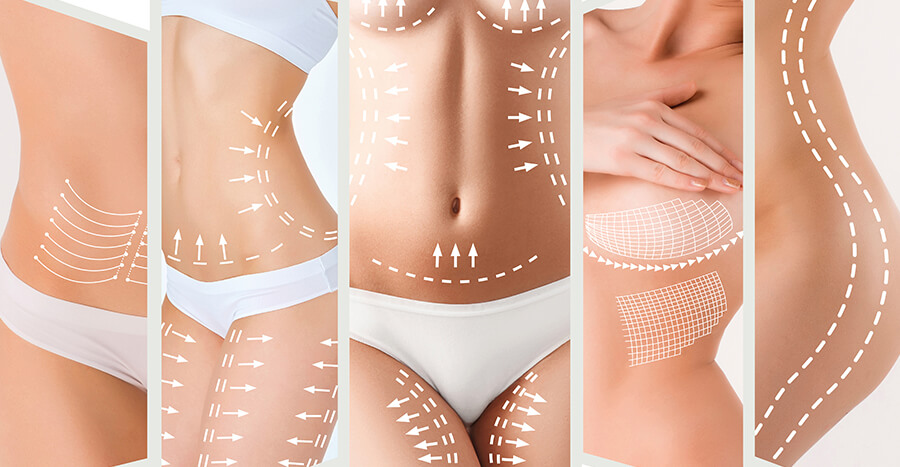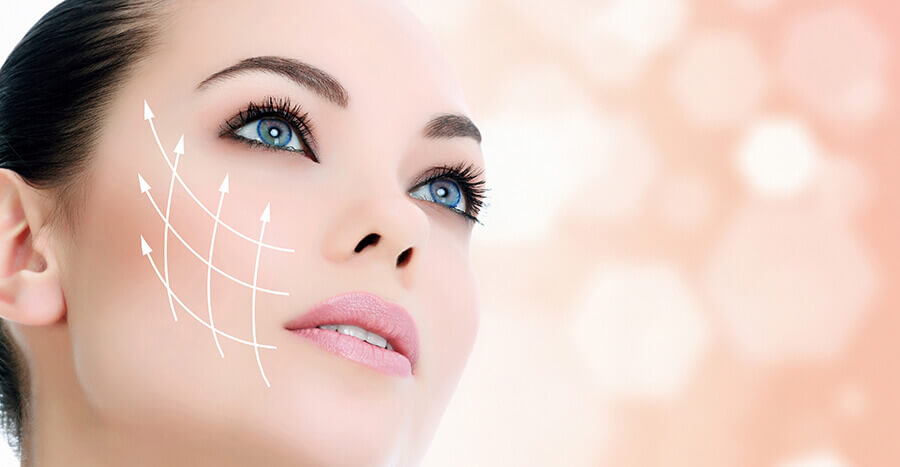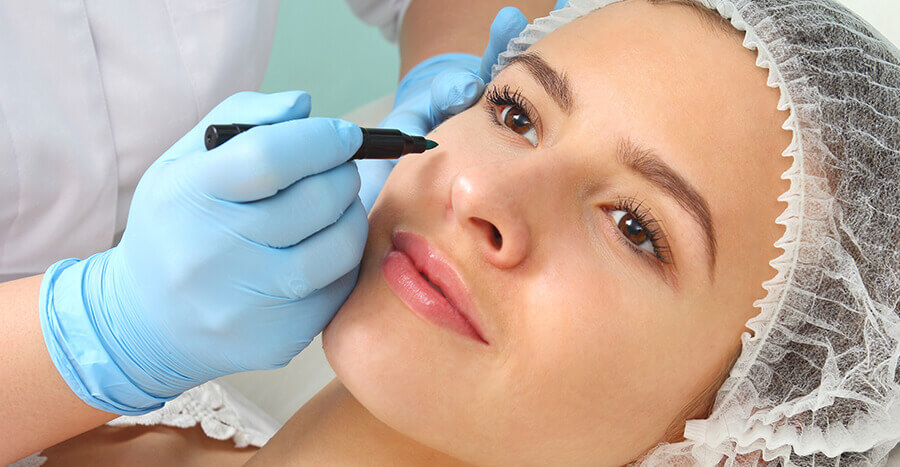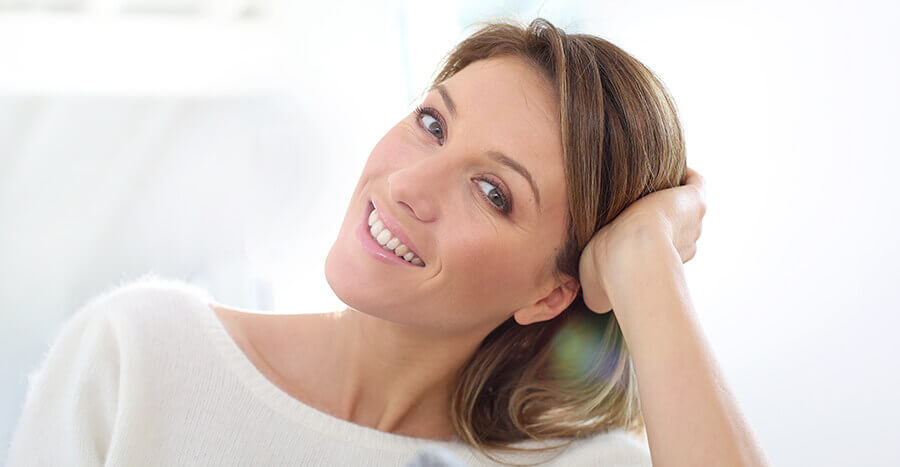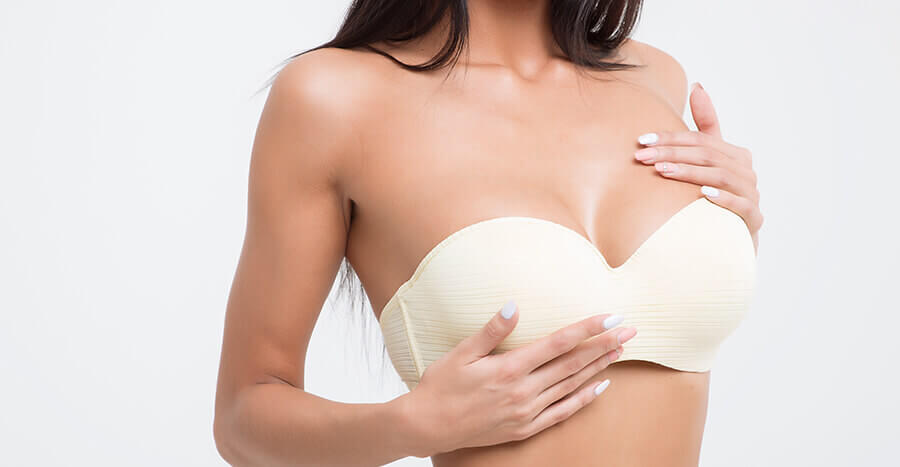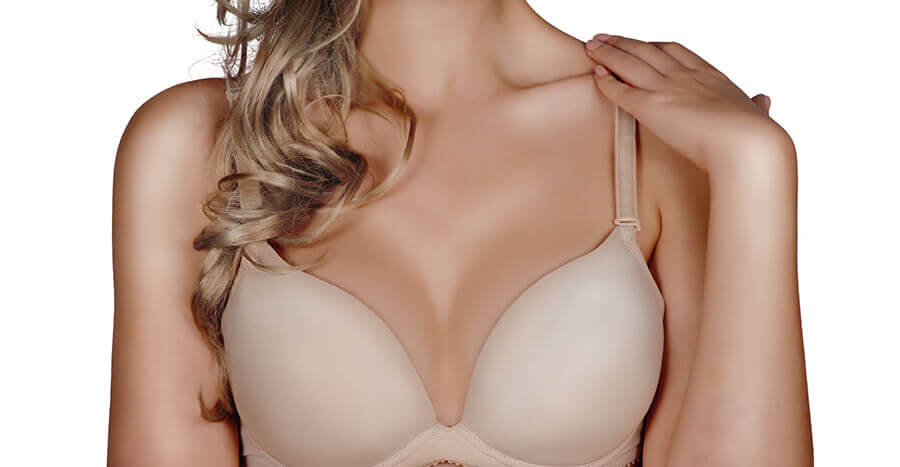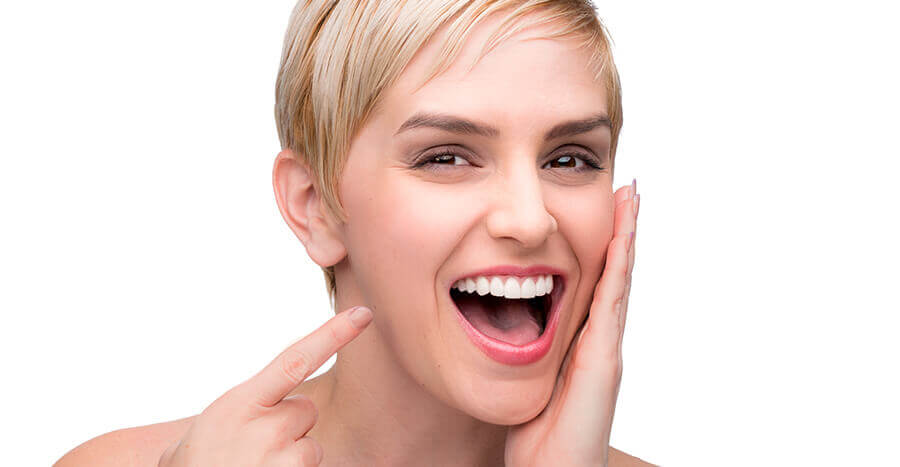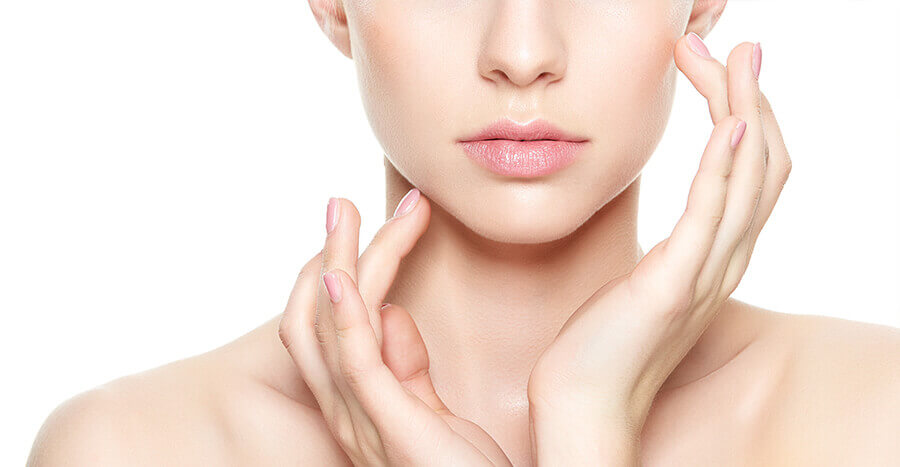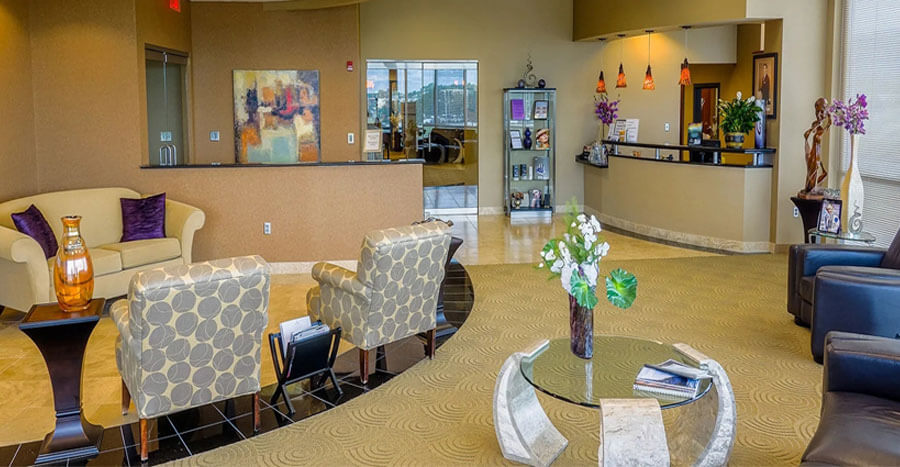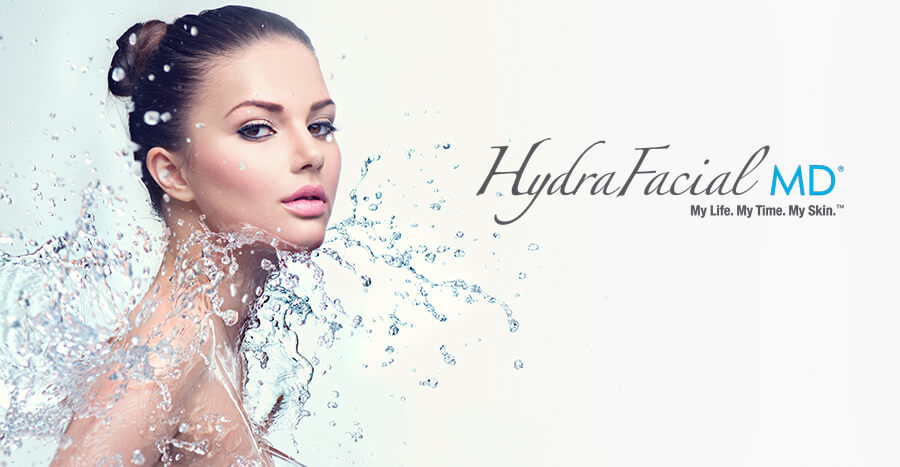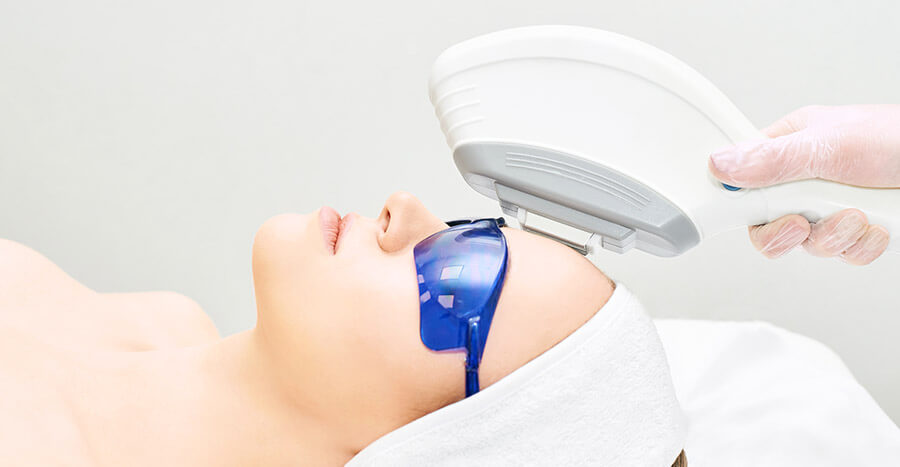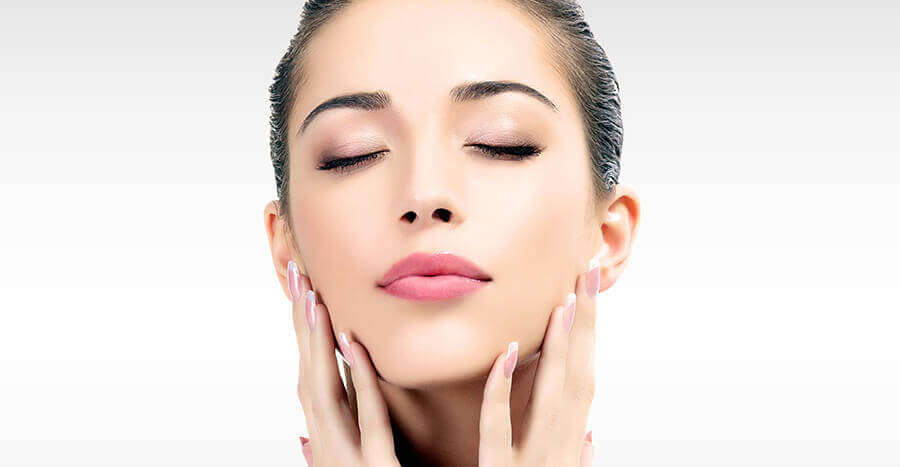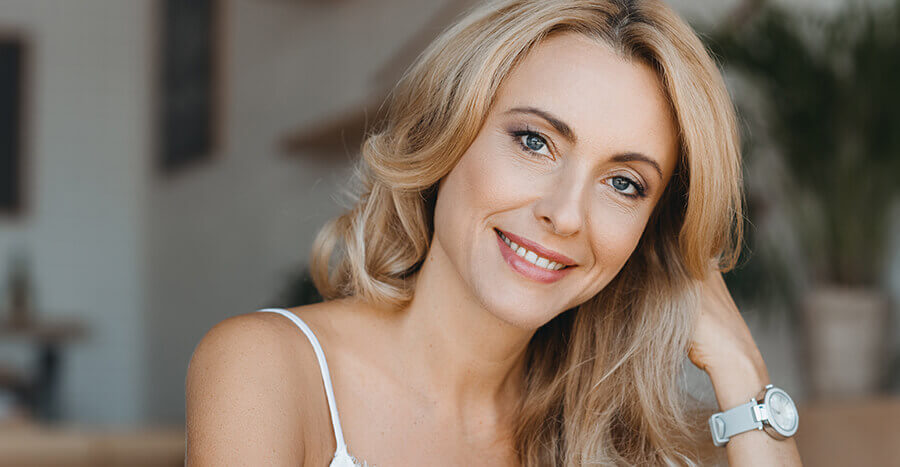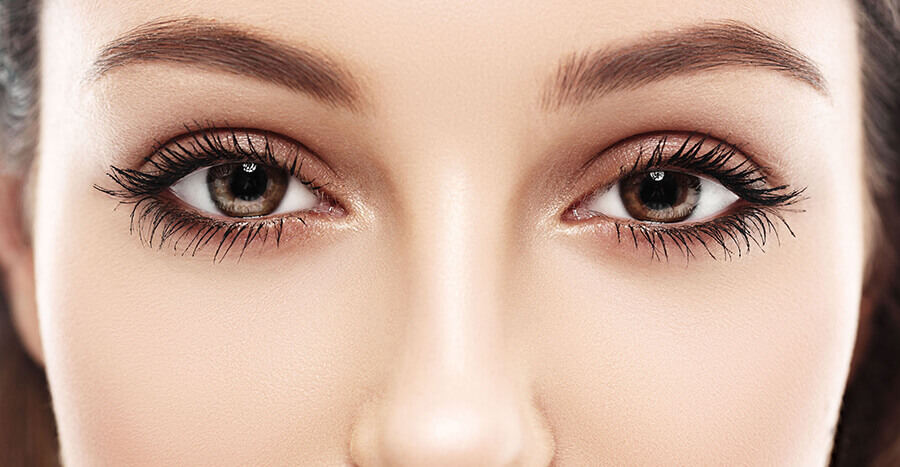Using Dermaplaning With HydraFacial Together: Is It Good for Your Skin?
Do you look in the mirror and see dull, lifeless facial skin in the reflection? Do you wish there was something you could do to look younger and invigorated? Dermaplaning is a revolutionary new treatment that can do just that. At Aesthetic Surgical Arts/Mia Bella Donna Medspa in Overland Park, KS, we are proud to offer a wide array of skin rejuvenation services. Today, we reveal everything you need to know about this safe, effective facial rejuvenation treatment. Let’s get started.
What’s Dermaplaning?
Dermaplaning is a cosmetic treatment that gently removes the top layer of your skin. This smooths deep acne scarring, eliminates fine lines and wrinkles and much more. It is also known as blading or microplaning. While women usually use this treatment to correct “peach fuzz” on their face, men also love this treatment because it reduces the appearance of sun-damaged, dry skin.
How Does It Work?
The device used in this treatment appears similar to the razor you use at home. But this medical-grade device is not quite the same. Treatment works similarly to shaving. Your board-certified dermatologist will slowly drag a sterile dermaplane blade across your skin at a 45-degree angle This removes any dead skin cells, scar tissue and other debris that leave your skin looking uneven and dull.
Every day, your skin is exposed to sun damage, irritants and harsh environmental toxins. The resulting dull countenance can make you look older than your chronological age. By removing these dead, discolored skin cells, everyone sees the fresh, young skin cells previously underneath the superficial layer of your skin.
What Can I Expect During Treatment?
You can expect treatment to take between 20 and 30 minutes. While you may feel a slight tingling sensation during treatment, this is akin to a feather being drug across your face. Dermaplane treatments aren’t painful. The treatment starts with you lying down in our clean, comfortable chair. You may choose from several sedation options including a topical numbing spray or an oral sedative combined with a local anesthetic cream. Very rarely do our clients ask for general anesthesia.
Once you are comfortable and relaxed, your dermatologist will use the medical-grade dermaplane tool to exfoliate your skin gently. After 20 to 30 minutes of treatment, we will soothe your skin with an aloe-like substance. Finally, we will apply sunscreen to protect your new, fresh face.
What Can I Expect After Treatment?
You do not need to plan for any downtime after your dermaplaning treatment. There is no recovery and you will notice that your skin looks brighter and younger as soon as you are finished. However, the final results are not apparent for approximately three days after treatment.
When it comes to this treatment, the most important thing to remember is that the results aren’t permanent. Each treatment sloughs off around three weeks of dead skin cells. Approximately three to four weeks after your treatment, you may want to come back in for a follow-up appointment.
The second important thing to remember is that you need to be particularly diligent with skincare after this treatment. The fresh, young skin cells revealed after your treatment are especially vulnerable to damage from the sun’s harmful rays. That’s why you should put on broad-spectrum sunscreen before you leave the house each day. Don’t forget to carry sunscreen with you in case you need to reapply it after sweating or getting caught in the rain.
How Should I Prepare Before Treatment?
Before your facial rejuvenation treatment, come in for a consultation. We will discuss your medical history, assess your skin type and color based on the Fitzpatrick scale and review the results you are looking for.
If you are having an active acne flare-up, call us to reschedule your appointment. You should also take particular care of your skin in the week before your treatment. To avoid sunburn, apply sunscreen every day before you leave home and do your best to avoid direct exposure to the sun.
Can’t I Just Do It Myself?
While you can purchase your own dermaplane tool online and perform the treatment yourself, this is not advisable. First, our dermaplane device is considered by the FDA to be medical grade. This means it has been through extensive, rigorous, unbiased testing for safety and efficacy. Moreover, our office is sterile, so there is no chance of infection. Our dermatologist is practiced in the most effective techniques, and we offer anesthesia to numb the treatment site and eliminate the risk of discomfort.
Any dermaplane blade you purchase online is considered a cosmetic tool and not subject to FDA regulations. There is a chance of infection if your bathroom and the blade are not sterilized. Moreover, there is a risk that you will cut yourself if you hold the blade at the wrong angle. Finally, there is no guarantee that you will hold the blade at the proper angle throughout the 30-minute treatment. You may find that one portion of your face looks better while the other looks red and irritated.
Am I a Good Candidate for This Treatment?
The best candidate for this treatment has aging, dry or rough skin. Good candidates may also be displeased by the appearance of acne scars, superficial hyperpigmentation, uneven skin tone, fine lines or wrinkles. During your initial consultation, one of our trained experts will help you determine if this treatment is right for you.
Frequently Asked Questions About Blading
1. Does Blading Cause Cuts?
Blading may only cause cuts if you perform your own treatment at home. In the hands of a trained professional, there is no risk for cuts during treatment. The pressure used to apply the blade is minor, and the device is held at a 45-degree angle to the skin.
Moreover, blading differs from threading or waxing for hair removal in that it is not painful. If you have any concerns about treatment, we will use a local anesthetic to ensure you feel no discomfort.
2. Will It Make My Peach Fuzz Worse?
There is a common misconception that blading makes the vellus hairs on your face grow back darker and thicker. This misconception comes from a lack of understanding about the different types of hair on your body.
Terminal hairs are found on the scalp, in the pubic region and under the arms. These hairs grow back darker and thicker once initially removed. Vellus hairs, on the other hand, are found on your face, forearms, legs and other regions. These soft, fine hairs grow back at the same texture and rate as before they were removed.
3. What After-Care Do You Recommend?
During your initial consultation, we will provide you with a list of after-care instructions. Besides wearing sunscreen every day for at least a week after treatment, there’s not a lot you need to do to care for your skin. However, we strongly recommend only using your hands to wash your face for the first two days after treatment.
4. Can I Receive Botox Before My Blading?
If you want to receive Botox injections and blading on the same day, get the blading done first. You can’t lie down for several hours after your Botox treatment, and blading requires you to be reclined during treatment.
5. Will My Skin Peel After Treatment?
There is no risk of your skin peeling after blading. This manual exfoliation treatment does not remove dead skin cells through enzymes or acids that may cause your skin to “shed’ after treatment.
6. Can I Get Blading If I’m Pregnant or Nursing?
Blading is the perfect exfoliation treatment for pregnant or nursing women. Because the exfoliation is manual rather than chemical, there is no risk of chemicals entering your bloodstream or breast milk and affecting your child. While certain types of chemical peels are safe for unborn and breastfed children, the safest way to exfoliate your face while you are pregnant or nursing is to opt for blading.
What Is a HydraFacial?
Around the world, someone is getting a HydraFacial treatment every 15 seconds. They are one of the most popular facial rejuvenation treatments, and the results of treatment are renowned.
What Happens During Treatment?
A HydraFacial treatment begins with cleansing your face. This is achieved by the removal of dead skin cells and excess sebum from the superficial layer of your skin. Then, a combination of glycolic and salicylic acids are applied to the skin to break up any oil or dirt that is clogging the pores.
Next, your board certified dermatologist uses the HydraPeel Tip to vacuum out impurities, dirt, oil and blackheads. At the same time, your skin is being hydrated, plumped and nourished with effective serums.
How Does It Help My Skin?
There are several ways a HydraFacial treatment improves your skin. Primarily, it hydrates, brightens and plumps your skin, leaving you with a clear, rejuvenated complexion. It can also reduce the visible signs of aging. These include uneven skin tone and texture, brown spots, enlarged pores, moderate-to-severe skin laxity, wrinkles and fine lines.
Should I Get a HydraFacial?
Nearly everyone can benefit from a HydraFacial. This facial rejuvenation treatment is fairly unique in that it is suitable for anyone of nearly any age and skin type. This treatment is particularly popular with young adults suffering from oily skin and severe acne. It is also ideal for adults with hyperpigmentation, wrinkles and pimples. Older clients love this treatment for its ability to treat sun damage and flaky pre-cancerous spots.
However, this treatment is not ideal for everyone. Hold off on this treatment if you are pregnant. The acids in the chemical peel portion of the treatment have not been tested for safety on pregnant mothers. Moreover, you should hold off on this treatment if you have an active rash at the desired treatment site, rosacea or severe sunburn.
How Often Do I Need to Receive Treatment?
The results of a HydraFacial last longer than most facials. However, we recommend coming up for a follow-up treatment four weeks after your first treatment. This will allow us to assess your results. You may find that you only need one treatment every six weeks.
Is It Customizable?
One of the best parts about HydraFacial treatments is that it’s customizable. Let us know during your initial consultation if you want serums to address dullness, wrinkles or another cosmetic concern. Our goal is for you to leave comfortable and confident in your skin.
Can You Combine Dermaplaning With HydraFacial?
You can absolutely combine dermaplaning with HydraFacial. In fact, these two treatments are best-in-class and complement each other perfectly.
By combining dermaplaning and hydrafacial together, these two facial rejuvenation treatments address virtually every skin concern you could possibly have. Dermaplaning begins to unclog pores by gently removing dead skin cells and other impurities from your skin’s surface. Then, a HydraFacial gives us the opportunity to deeply clean, exfoliate, hydrate and protect your skin.
Am I a Good Candidate for Both of These Treatments?
The best candidate for a Dermaplaning with HydraFacial identifies with any of the following:
- Oily skin
- Uneven texture
- Enlarged pores
- Dull complexion
- Hyperpigmentation
- Fine lines and wrinkles
- Brown spots
- Age spots
- Sun spots
Why Should I Combine These Treatments?
You should combine dermaplaning with HydraFacial together because blading makes HydraFacials more effective. The build-up of dead skin cells on the surface of your skin is known as hyperkeratosis. By removing this superficial layer, blading allows the chemical peel used during a HydraFacial to penetrate deeper into your skin. This results in both treatments being more effective.
Isn’t a HydraFacial Just Microdermabrasion?
People often confuse microdermabrasion with both HydraFacial treatments and blading treatments. HydraFacial treatments are similar to microdermabrasion. However, microdermabrasion is its own unique treatment.
What Is Microdermabrasion?
While there are several types of microderms, each exfoliates the skin. Bristle technology exfoliates the skin rather than a blade, and the treatment session finishes with an injectable serum to address a particular skin concern. This painless treatment removes the superficial layer of your skin and instantly leaves your skin looking softer and smoother. It cleans your pores, removes debris from your skin, and promotes your body’s collagen production. But it’s not as effective as HydraFacial treatments.
What Makes HydraFacial Treatments Better?
HydraFacial treatments are sometimes referred to as “wet microdermabrasion”. This medical-grade facial rejuvenation treatment provides an advanced, multi-step, completely customizable treatment. The thorough skin analysis performed between a HydraFacial ensures that you get the most effective personalized treatment for your needs.
For example, you may receive blue light therapy to correct acne or red light therapy to promote skin repair and reverse sun damage. We also offer a customized chemical peel as part of your HydraFacial treatment to promote the production of elastin and collagen. This makes your skin literally glow as it looks tauter, younger, healthier and rejuvenated.
HydraFacial treatments penetrate deeper than microdermabrasion. Makeup, acne medication and other skin care products will go on more smoothly and penetrate your skin more completely. FInally, a single treatment is perfect for a big event, like a family reunion or wedding. But a series of treatments results in a cumulative improvement in overall skin health, wrinkle and fine line reduction, acne, even skin tone and a reduction in hyperpigmentation.
Rejuvenate Your Face Today
To learn more about dermaplaning with hydrafacial whether you should combine it with a HydraFacial, contact the dedicated beauty experts at Mia Bella Donna Medspa in Overland Park, KS today to schedule your initial consultation. Our mission is to help you find the most effective treatments to achieve your unique aesthetic goals.

